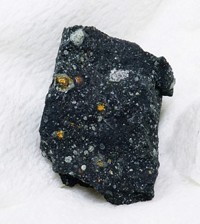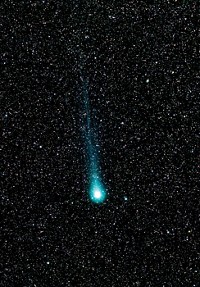Advertisement
Grab your lab coat. Let's get started
Welcome!
Welcome!
Create an account below to get 6 C&EN articles per month, receive newsletters and more - all free.
It seems this is your first time logging in online. Please enter the following information to continue.
As an ACS member you automatically get access to this site. All we need is few more details to create your reading experience.
Not you? Sign in with a different account.
Not you? Sign in with a different account.
ERROR 1
ERROR 1
ERROR 2
ERROR 2
ERROR 2
ERROR 2
ERROR 2
Password and Confirm password must match.
If you have an ACS member number, please enter it here so we can link this account to your membership. (optional)
ERROR 2
ACS values your privacy. By submitting your information, you are gaining access to C&EN and subscribing to our weekly newsletter. We use the information you provide to make your reading experience better, and we will never sell your data to third party members.
Environment
Origin-Of-Life Chemistry Revisited
Reanalysis of famous spark-discharge experiments reveals a richer collection of amino acids were formed
by Stephen K. Ritter
October 16, 2008

In the quest to understand how life on Earth became possible, Stanley L. Miller conducted a set of "primordial soup" experiments in the early 1950s to synthesize amino acids, the basic building blocks of peptides, proteins, and nucleic acids. The famous experiments, part of his doctoral thesis at the University of Chicago, mimicked possible stormy atmospheric conditions on ancient Earth.

In a new twist involving the experiments, a team including Adam P. Johnson of Indiana University, Jeffrey L. Bada of Scripps Institution of Oceanography, and Antonio Lazcano of the National Autonomous University of Mexico uncovered some of Miller's original samples and reanalyzed them. They found that one particular variation of the spark-flask apparatus experiments produced a wider variety of amino acids—research that Miller never published (Science 2008, 322, 404).
Other members of the team were H. James Cleaves of the Carnegie Institution of Washington and Jason P. Dworkin and Daniel P. Glavin of NASA's Goddard Space Flight Center. The sample vials were discovered by chance, team leader Bada says. Miller once had mentioned to Lazcano that he had saved extracts from his experiments. Lazcano later passed that tidbit to Bada. "I realized I had these samples in my lab, because I inherited all the material from Miller's lab and office," says Bada, who was Miller's second graduate student.
Miller had suffered a stroke and was unable to provide any details about the samples or why he never published the additional results, Bada adds. "But when he died in May 2007, we decided to take a careful look at what we had."
In the original experiments, Miller produced an electric discharge between two electrodes protruding into a flask containing a gaseous mixture of methane, ammonia, hydrogen, and water. Scientists who have analyzed Miller's experiments doubt that the highly reducing reaction conditions he used existed on early Earth. But one set of experiments with a modified apparatus set up to simulate more intense conditions of a lightning-laced volcanic eruption was more intriguing, Bada says.
Miller identified five amino acids and detected others in his reported experiments. But with modern liquid chromatography and mass spectrometry techniques at their disposal, Bada and coworkers identified 14 amino acids and five amines in those samples and a richer collection of 22 amino acids and the five amines from the unpublished volcanic experiments.
"The volcanic apparatus experiment suggests that, even if the overall atmosphere was not reducing, localized prebiotic synthesis could have been effective," the researchers write. They speculate that amino acids formed in volcanic island systems could have been polymerized by carbonyl sulfide— volcanic gas—to form peptides leading to proteins.
"Miller's experiments transformed the study of the origin of life into an important research field," comments astrochemistry specialist and NASA project scientist Pascale Ehrenfreund of Leiden University, in the Netherlands. Being able to reanalyze 50-year-old residues with modern equipment "is an exciting adventure," Ehrenfreund says. The newly identified compounds will certainly be the basis for further studies on prebiotic chemistry, she adds.




Join the conversation
Contact the reporter
Submit a Letter to the Editor for publication
Engage with us on Twitter